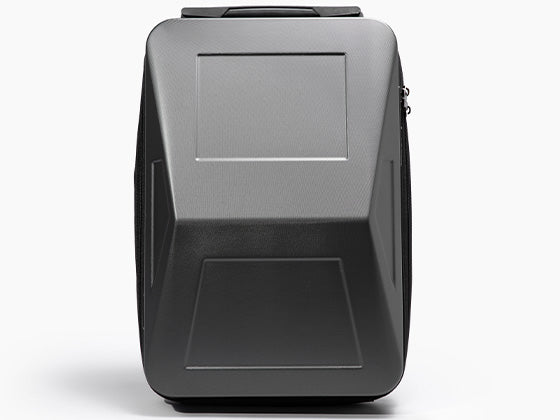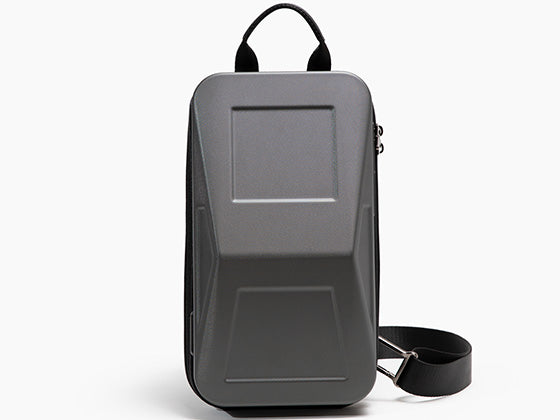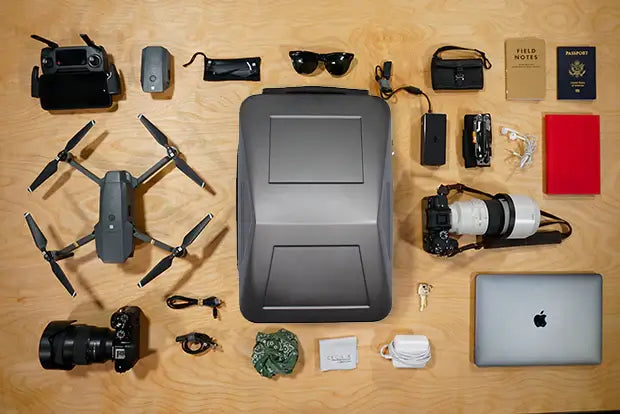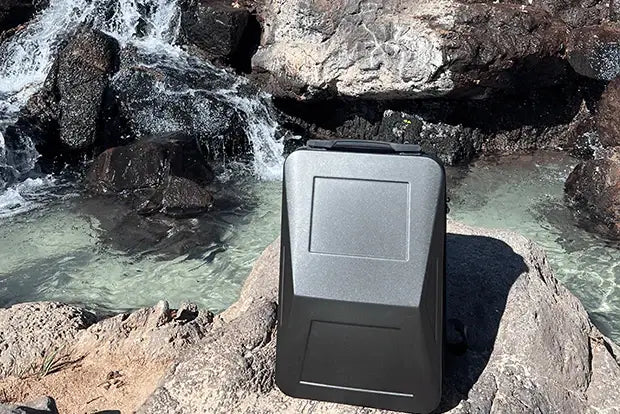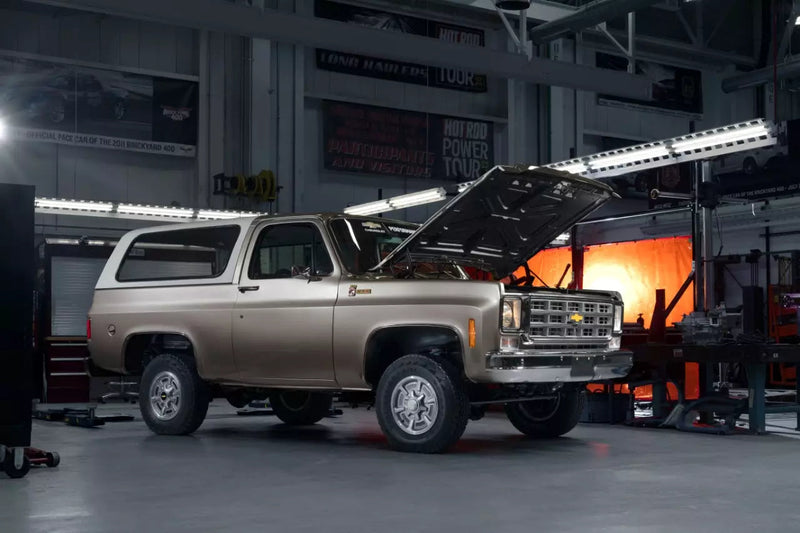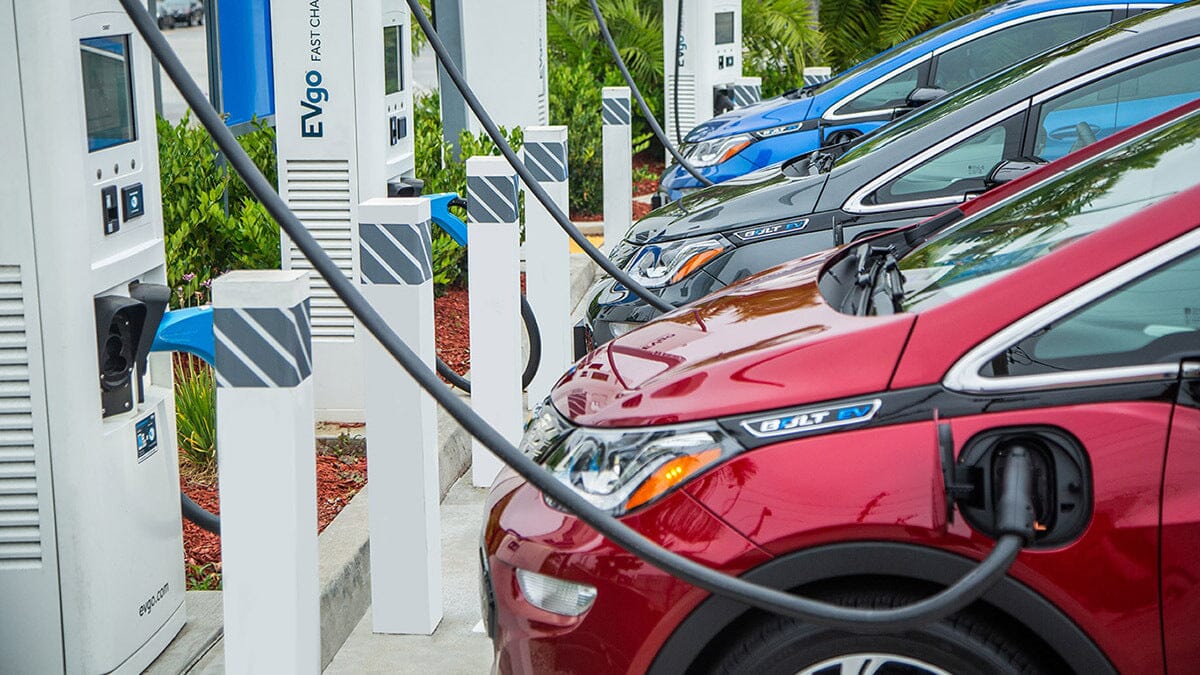For many people, switching from an internal combustion engine car to an electric vehicle involves buying a shiny new car and abandoning the old car. There is, however, another path to electric car ownership that is not well-traveled, i.e., converting an ICE car to an electric vehicle.
This article looks at what ICE conversion means and how it helps the environment. However, we will first look at an aspect that is often overlooked in the EV discussion by both governments and EV makers.
What happens to existing ICEs after switching to electric vehicles?
Many governments are announcing future bans on emission-producing ICEs, like the UK, which is banning the sale of light-duty ICE vehicles by 2030. However, millions of ICE vehicles are in operation today and would have to be accounted for. While the ban is on the sale of new ICEs, humanity will have to deal with them at a point since the end goal is to eradicate them completely.
For more affluent nations, the easiest solution would be to export the used ICE vehicles to developing countries where EVs may not be viable. This, however, will amount to pushing the problem to another part of the world, which is not a sound strategy.
An approach is giving ICEs a new life by converting them to electric vehicles.
How does ICE conversion to EV work?
EVs and ICEs have differences, but they overlap in many aspects. The overlap is what makes it possible to convert ICEs to electric vehicles.
The conversion process starts with taking out all the car parts not needed by an EV. These parts include the engine, fuel tank, carburetor, muffler, etc. The EV parts are then added, e.g., batteries, an electric motor, high voltage cables, and instrumentation.
Some specialty shops do conversions, more commonly on vintage or classic cars. However, it is possible to convert regular ICE cars, even as a DIY project.
There are ready-made kits for doing the conversion. These kits simplify the process but are often specific to ICE models.
The best donor ICEs are light and have a manual transmission.
Now that you know the conversion process, we will look at why convert ICEs to EVs?
Benefits of converting an ICE car to electric

Converting ICEs to a battery-powered one has several advantages, which are discussed below:
Costs
Converting an ICE car could be cheaper than buying a new one. Depending on your expectations, you could spend between $8,000 and $20,000 to transform your ICE into an electric car. These costs are way lesser than the more than $30,000 most new electric cars sell for. If conversion catches on, people who the cost of new EVs could have locked out can ditch their ICEs. This is an approach worth exploring in less affluent countries.
Help the environment
Every ICE converted to an EV is a win for the environment. That is one less source of carbon emissions, so it always pays to convert.
Prolong the car’s use
Many people own classic cars that use ICEs but also want to contribute less to environmental pollution. By converting them to battery-powered operations, they can continue to enjoy their classic cars.
